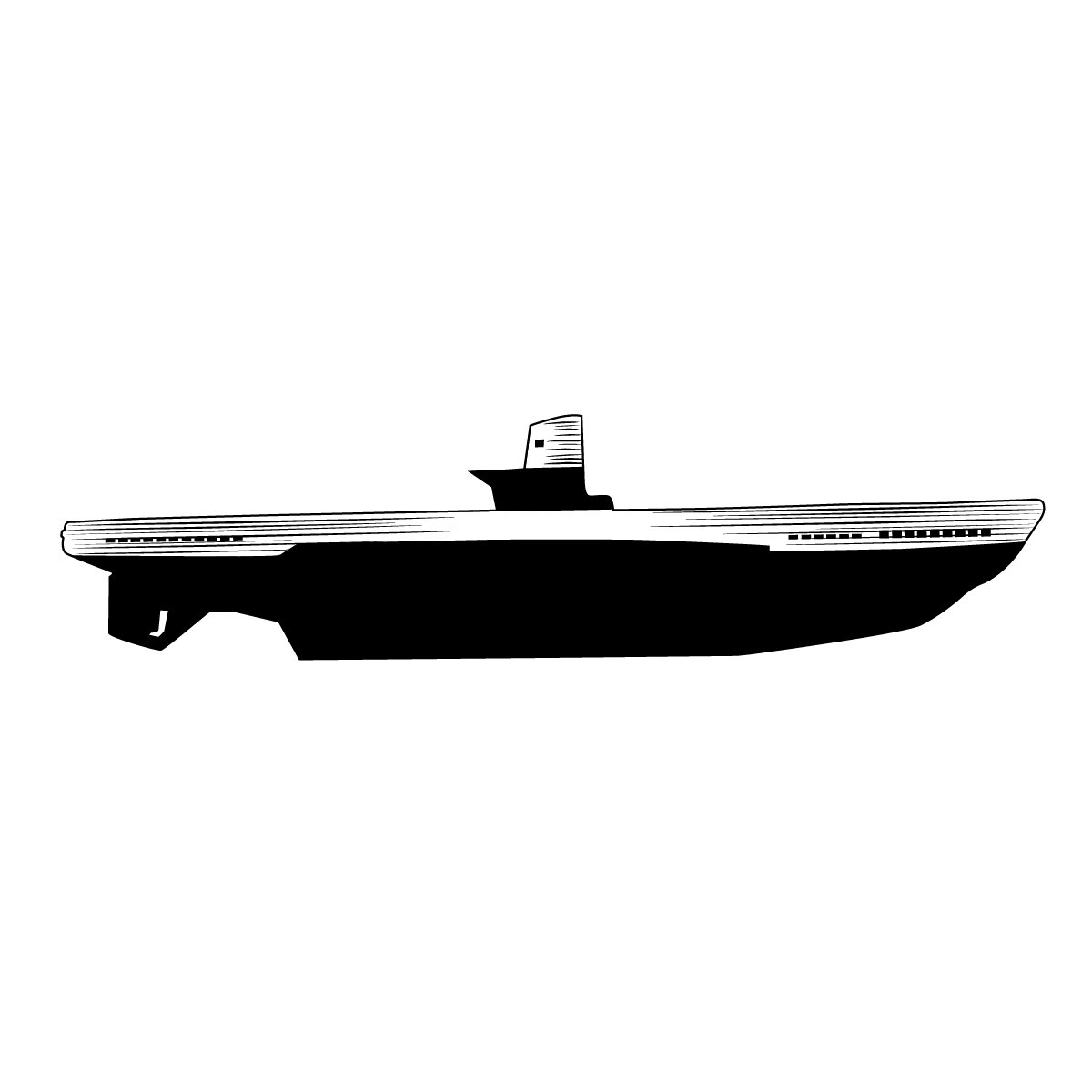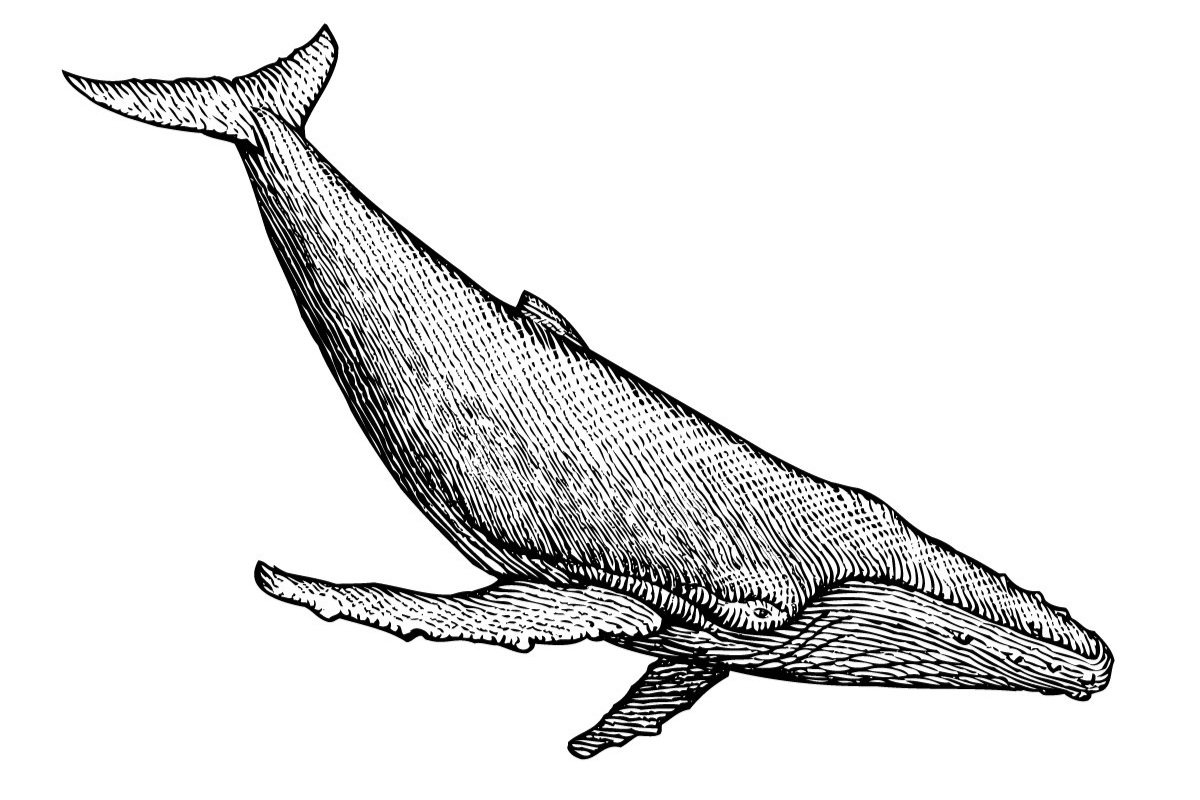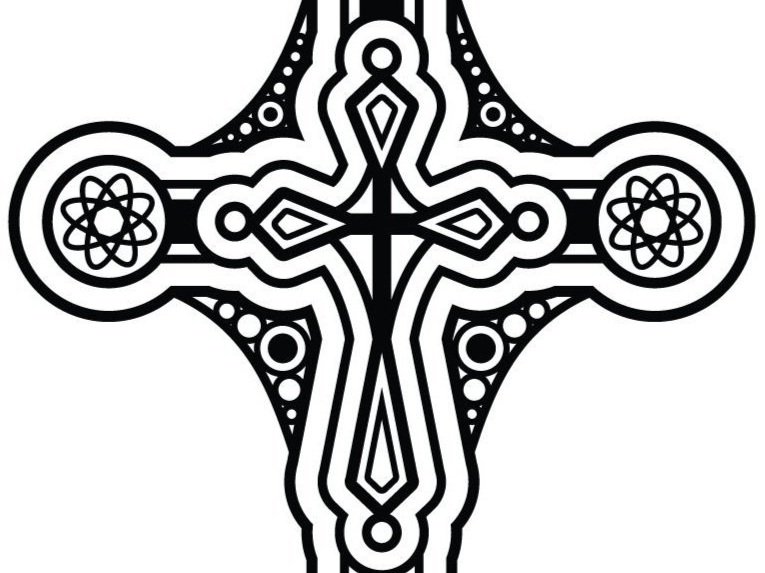Themes, Motifs, and Symbols*
Literary themes** explore the human condition on a universal level. Here we look at how six common themes show up in A Life on Water.
The six common themes are:
Good versus evil
Redemption
Unrequited love
Courage and perseverance
Coming of age
Revenge
* What are themes, motifs, and symbols?
A theme is a subject or topic of a book or a character's focus. A reader discovers themes as they emerge through characterization, setting, dialogue, plot, or a mixture of these.
A motif is a repeating idea in a story, usually a variation on a theme.
A symbol is usually an object that represents a theme or motif in a story. It could be an emblem, token, or sign.
Good vs. Evil
… is the central theme of the story. In the opening chapters, Canada declares war on Nazi Germany. The protagonist, Ardis, becomes an Allied spy and trains at Camp X in Oshawa, Ontario, to learn spycraft.
Spying and deception
A Life on Water contains numerous incidents of spying and deception. Ardis is a spy. Camp X was set up as a facility to train American spies before Congress had given approval. Camp X taught the sordid work of silent killing to Ardis as well as famous spies such as Ian Fleming and Kim Philby.
Her role model of what a spy should be like is actor Humphrey Bogart. The vibe of the classic movie Casablanca permeates the scenes in Lisbon.
Manfred’s shoulder patch, an example of industrial art deco, along with all Nazi uniforms and insignia are symbols of hatred, fear, and terror.
Carlos’s and Ardis’s cover stories for their journey to Tras-Os-Montes are deceptions.
During WWII, Portugal sold wolfram to the Nazis while maintaining a 600-year treaty with its long-time ally, England, which was fighting for its life against the Nazis.
Sam Meyer, a Jewish mining engineer, claims the Fatima miracles are a hoax promoted by Church and state leaders to manipulate the Portuguese people.
Wolfram
Also known as tungsten, wolfram is used to strengthen steel to make heavy guns, tanks, and ships. The Nazis need it and Portugal has Europe’s best reserves.
Wolfram compromises all leaders in the war and all main characters in the story. Succeeding in their wolfram-related roles, characters either meet with success or face a crisis.
The antagonist is fascism
The “bad guy” is fascism, which includes Salazar, the Estado Novo, Hitler, the Nazi SS, U-boats, Franco in Spain, Mussolini and his Black Shirts in Italy… and let’s not forget Manfred.
Lisbon in wartime, a recurring motif
In World War II, Lisbon is neutral. Ardis sees the enemy operating out in the open. Nazi planes are parked next to Allied planes at Lisbon’s Portela Airport.
Lisbon is the gateway in and out of Europe. Lisbon naturally is a hotbed for spies. Friends and foes alike, many in uniform, eat at the same restaurants and bars, as Ardis quickly learns.
Refugees
On arriving in Lisbon, Ardis sees refugees wandering the streets, awaiting passage to the Americas.
The Nazis herd Jews into ghettos in German cities. The Portuguese consul in Bordeaux, Dr. Aristides de Sousa Ribeiro, issues transit visas to Jews.
The famous Serpa Pinto that carried refugees to the new world also figures prominently in the story.
2. Redemption
The declaration of war disrupts Ardis’s plans to research sea turtles. Within a year, the Nazis have taken Paris and have their sights set on England. The Allies are losing the war.
A sea turtle that talks—a moment of magic realism early in the story—warns that war distracts people from seeing the greater threat.
Inspired by this conversation with a sea turtle, Ardis believes that protecting turtles from extinction is a path to saving humanity.
Their voyage on the Water Dog
Ardis, Carlos, and Xisco enjoy their time on the water. They swim, laugh, and witness a wide variety of sea life who come to the boat to check them out.
“A Humpback whale swam next to the boat, lifted its head out of the water, and waved its massive flipper at them.”
Frenzies
The following frenzies comprise a motif:
the uncanny timing of cicadas to leave the ground and feed in trees;
the herding of small fish by Blue Fin tuna;
the meeting of sea turtles to participate in a mass, daytime nesting;
and the gorging on sea turtle hatchlings as they journey to the sea.
Blue Fin tuna
“She pointed out the second dorsal fins and the sickle-shaped tail forks of the speeding tuna as they herded sardines, anchovy, and mackerel into a frothy, splashing ball in the centre.”
Fatima
The opposite of a feeding frenzy is an adoration, a view shared by novelist Dan Brown.
In this story, the adorations are human frenzies in which large numbers of people gather for religious events such as the Fatima Miracles.
Carlos gives a sermon in Sonim about:
the Lady of Fatima and her messages to the children
the Miracle of the Sun, and
the 1938 aurora borealis over much of the northern hemisphere that the Lady of Fatima had predicted.
Religious persecution
Padre Pedro tells Carlos stories about the Cathar Crusades and the Inquisition.
In “The Hunt for Wild Boar,” Sam Meyer recounts his discovery of Marrano Jews in a nearby village, which is the catalyst for Xisco learning about his own heritage as a Marrano Jew.
3. Unrequited Love
Ardis’s relationships are unrequited. She grows close to Pete, her indigenous friend at the University of British Columbia, and later in Portugal, to another character.
Ardis’s pendant
Before he goes overseas, Pete gives Ardis a turtle pendant. He tells her it is a symbol of her spirit guide, the sea turtle who appeared to her in a vision and told her that saving turtles from extinction is a path to saving humanity.
Wine & Food
Douro red, Austrian riesling, aguardiente, prosunto, bacalhau, caldo verde, stone soup and sarrabulho are among the specialties featured in this story.
“Better than wine from cooperativa. Much better.” Sam praised Eugenio’s wine.
4. Courage and perseverance
Ardis's passion for sea turtles leads her to become a spy. After fulfilling an order to obtain intelligence on wolfram, she creates an opportunity to pursue her research on the ocean. There, she is thwarted by a Nazi presence, yet she carries on. Again on her return home to Canada, she could have chosen to go straight there, but Ardis follows orders and shows courage when she takes matters into her own hands.
5. Coming of Age
Ardis's choosing of her career, being thwarted by war, and needing to adapt to her role as a spy, expose her to challenges. Each time she adapts. But she can never go back.
Caraval
Xisco’s love of history
In school, Xisco loves the lessons about Prince Henry the Navigator, the Wind Rose, caravels, carricks, Macau, and Portuguese explorations.
Carlos’s struggle with the absurd
In contrast, Carlos’s studies leave him entangled by Ecclesiastes, Job, and the myth of Sisyphus.
Myths
The story references a number of myths, including the Adamastor, Sisyphus, the Fountain of Youth, and the Kingdom of Prester John.
6. Revenge
A Life on Water culminates in an act of revenge.
**See “Complete Guide to Literary Themes: Definition, Examples, and How to Create Literary Themes in Your Writing,” an article featuring Margaret Atwood’s creative writing class in the Master Class series.















